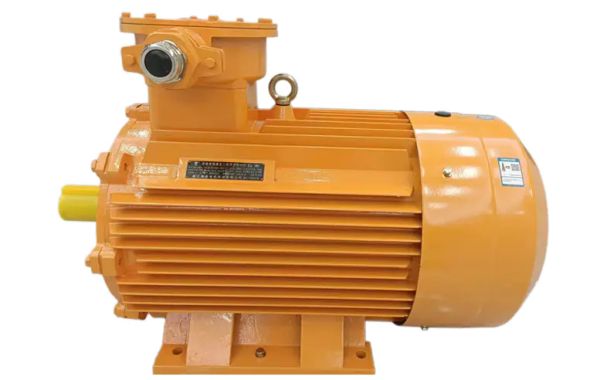Permanently Excited Synchronous Motors (PESMs) are at the forefront of electric motor technology, offering unparalleled efficiency and reliability. Unlike conventional synchronous motors that require external excitation to generate the necessary magnetic field, PESMs utilize permanent magnets to maintain a constant magnetic field. This design innovation eliminates the need for external excitation systems, significantly reducing energy consumption and enhancing overall motor efficiency.
One of the primary advantages of PESMs is their high energy efficiency. By using permanent magnets, these motors eliminate energy losses associated with rotor windings and excitation currents, making them ideal for applications where energy savings are crucial. This includes electric vehicles, industrial automation systems, and renewable energy applications, where maximizing efficiency directly translates to lower operational costs and reduced environmental impact.
In addition to their efficiency, PESMs are known for their robust performance and reliability. The absence of brushes and slip rings minimizes mechanical wear and tear, reducing maintenance requirements and extending the motor's lifespan. This reliability is particularly beneficial in applications that demand continuous and uninterrupted operation, such as manufacturing processes, robotics, and aerospace systems.
Furthermore, PESMs offer precise speed and position control, which is essential for applications requiring high accuracy and responsiveness. This makes them suitable for use in CNC machines, robotics, and other precision-driven technologies.
In summary, Permanently Excited Synchronous Motors provide a combination of high efficiency, reliability, and precise control, making them a superior choice for a wide range of industrial and technological applications. As industries continue to seek energy-efficient and reliable solutions, the adoption of PESMs is expected to grow, driving further advancements in motor technology.








